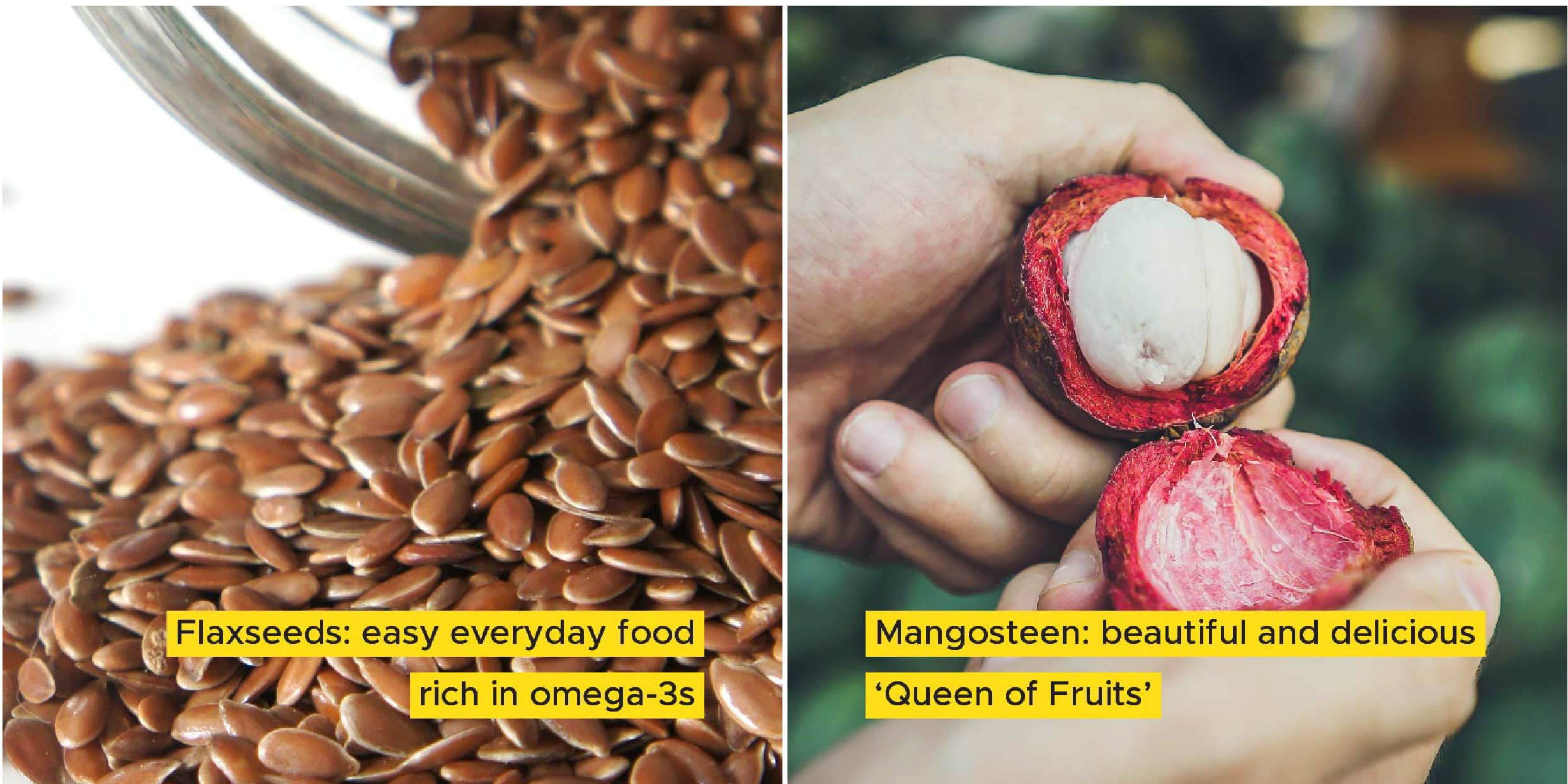The spine is made up of 33 individual bones, with a myriad of tissues, muscles, joints, roots and intervertebral discs that interplay together to help in our daily movement. While there are several types of spinal injuries, we want to focus on the issue of disc health.
These intervertebral discs are mainly made up of collagen and proteoglycans, gel-like substances that hold the spines together and function as a shock absorber. To understand disc health is to understand the chemistry between the two.
Disc degradation happens as part of everyday wear and tear. When damaged, our body naturally synthesises and replaces the collagen and proteoglycans. When this homeostatic process is disrupted, our discs begin to degrade and eventually tear, leading to painful disc herniation (or slipped discs).
Researchers have yet to uncover the exact details of how this disruption occurs, but it appears that chronic inflammation is the primary cause. So, avoid processed foods, foods with excess sugar and refined carbohydrates. Look for whole foods in grains, fruits, vegetables, legumes and nuts.
Today, we dive back into foods with high anti-inflammatory properties. Let’s pay the farmer, not the pharmacy. |





